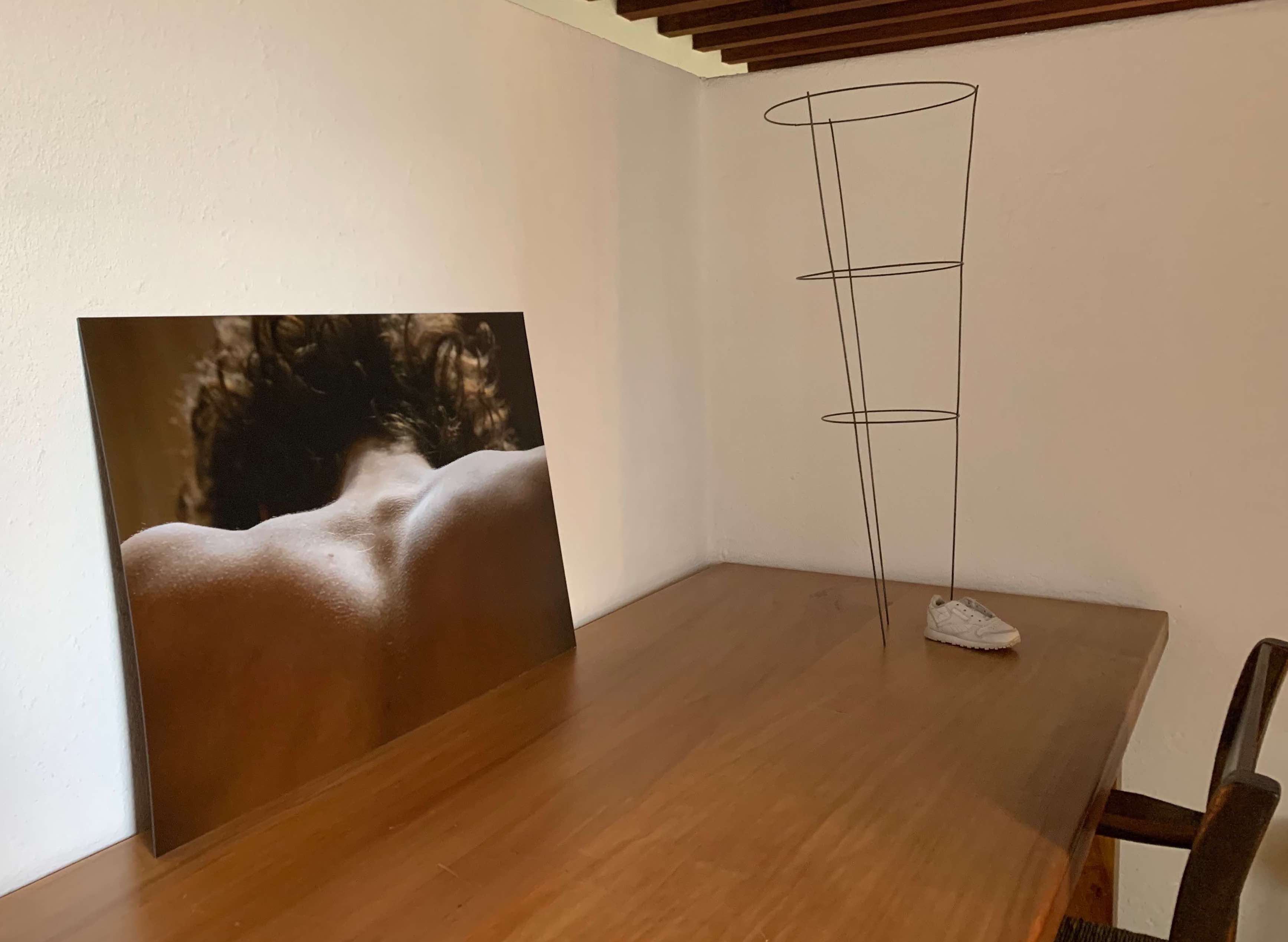
Essay
The expanse between past and present | About Emissaries for Things Abandoned by Gods
by Fabiola Talavera
At Estancia FEMSA - Casa Luis Barragán
Reading time
6 min
The Casa Barragán houses a ghost, a ghost permeating every corner: like a sanctuary, it stays immaculate by taking extreme care not to alter the arrangements in which the architect Luis Barragán left his belongings. Only for brief periods does the house permit transgressions, allowing various curators and guest artists to use it as a setting for exhibitions. Curatorial work, which in the past has referred to someone in charge of preserving a collection, in this house comes to mean the apparent opposite: removing objects that have become synonymous with the residence in order to provide a contemporary interpretation of what the architect collected. When the curator’s relationship to conservation is so reduced, other questions rise to the surface: Why is this exercise in updating at all relevant? What is involved in a contemporary interpretation?
The exhibition Emisarios de cosas abandonadas por los dioses (“Emissaries of Things Abandoned by the Gods”), curated by Elena Filipovic, puts forward the subtraction of elements belonging to the Casa Barragán (objects considered works of art in the traditional sense, but also reproductions and other artifacts) to be replaced by pieces of contemporary art that maintain, to some extent, formal or conceptual similarities with the original objects.
Barely identifiable in their domestic environment, more than fifty objects have been exchanged for creations by artists of such different latitudes as Michael E. Smith, Lutz Bacher, ektor garcia, Gabriel Kuri, Deana Lawson, Jill Mulleady, Roberto Cuoghi, Danai Anesiadou, Pamela Rosenkranz, Heinz-Peter Knes, Seth Price, among others. At first glance, nothing seems out of place; it is only when one remembers that this is a house dating from the middle of the last century, with a décor that has not changed since the 80s, that some things stand out for looking too new. Taking off from the question, “What would the Casa Barragán be like if the architect had lived in our time and redecorated it with art from the present?”, the exhibition speculates about an update of the house’s belongings. The original objects then become catalysts for questions posed to us about the present.
If we inquire into the concept of the contemporary, we find that Giorgio Agamben describes it as a singular relation in time, one that is in the present, but from which at the same time a certain distance is maintained: “The contemporary is he who firmly holds his gaze on his own time so as to perceive not its light, but rather its darkness.”* The contemporary is also capable of taking up the past and putting it in relation to the present, as Agamben elaborates: “It is as if this invisible light that is the darkness of the present cast its shadow on the past, so that the past, touched by this shadow, acquired the ability to respond to the darkness of the now.”** Discreet correlates are glimpsed between the contemporary works and the supplanted objects; the emissaries thus reveal a new interpretation of the values underlying the Casa Barragán.
The critical distance of time allows us to see the complexities and contradictions of the architect’s personality that are reflected in the house: a rich color range and material abundance are flagellated for reasons that demonstrate a religious fanaticism that longed for an ascetic life. A constant repression of desires becomes palpable.
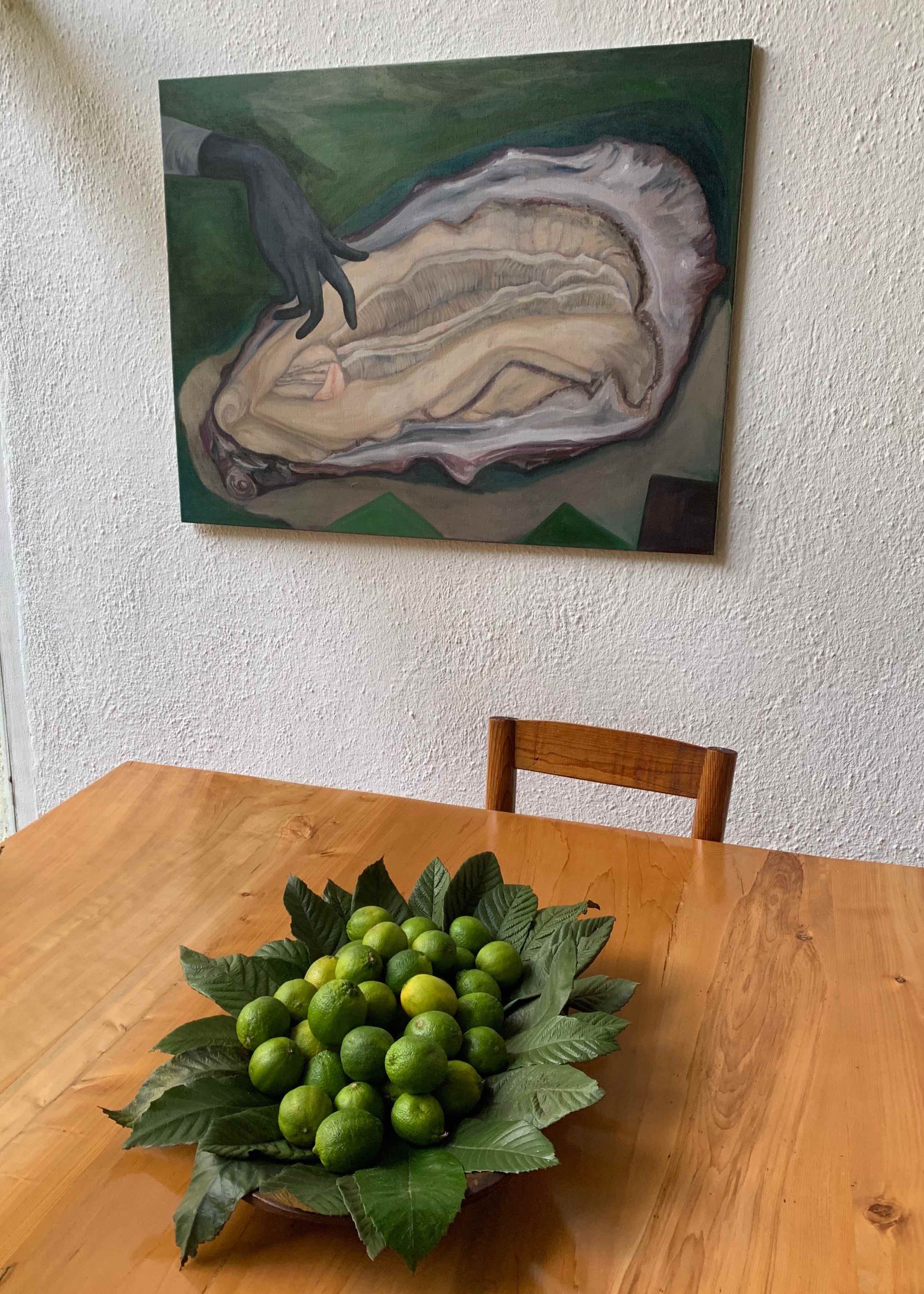
In Emisarios de cosas abandonadas por los dioses, the secret eroticism that abides in the house is made explicit in a series of counterpositions. The rational coldness of Josef Albers’s monochrome paintings is confronted with the sinuous sensuality of a hand approaching an open oyster as painted by Jill Mulleady. An image by Heinz-Peter Knes shows a man’s tense back, revealing a carnal perspective on the Christ on the Cross that used to lie on a table. Challenging the virile equestrian motifs found throughout the house, a cowboy spur rests next to a crochet glove made by ektor garcia, breaking the barrier between the techniques and practices embedded in the vision of the masculine as the vigorous, rough, and energetic, opposite the feminine as the fragile, delicate, and artisanal.

The decorative objects that Barragán once conceived as sources of light and color are brought back from their formal elements in order to elucidate contemporary events. In the recess of the main staircase, replacing the famous gold painting by Mathias Goeritz, we find an isothermal blanket, used in emergency situations, that usually shines in the sunlight; the hands of the artist, Pamela Rosenkranz, have dimmed this brightness by means of flesh-colored traces that indicate an absent body. Again supplanting Goeritz, Gabriel Kuri creates an overlay of blankets of different shades of blue and green, all taken from flights on different airlines. These have attached to them stickers extracted from fruits that inform us of their different sources. Both the blankets and the stickers demonstrate two radically distinct global transit routes.
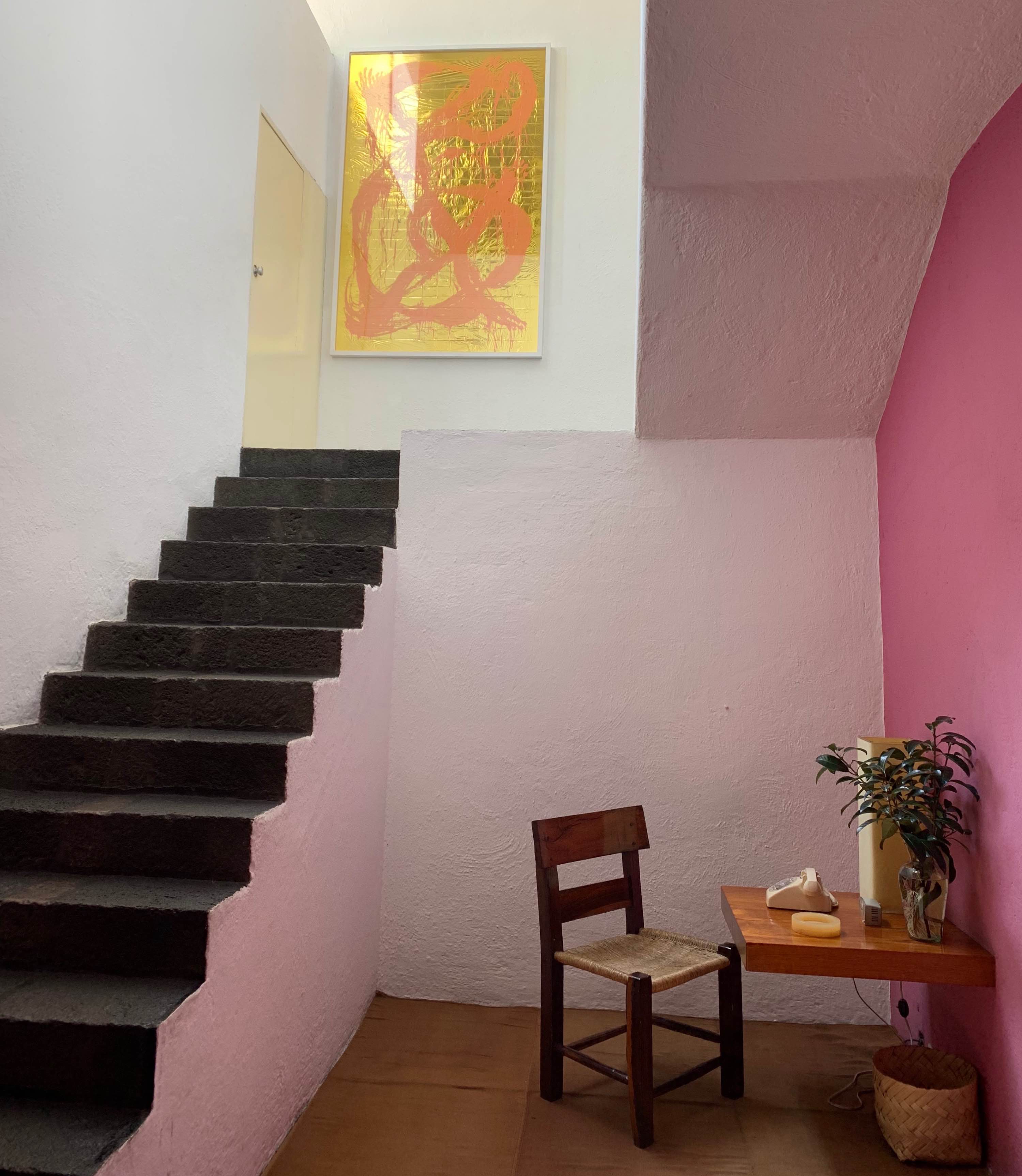
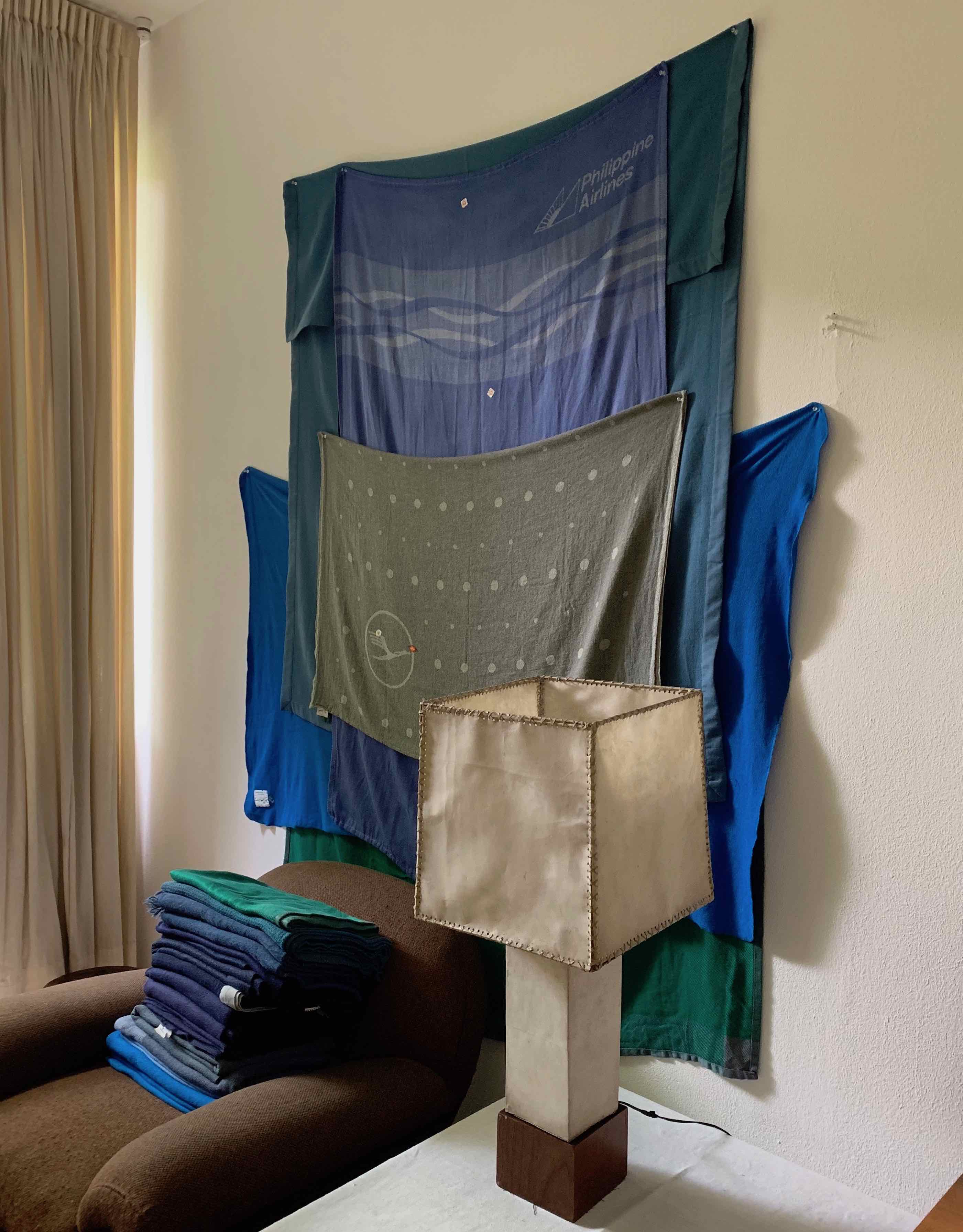
Speaking of consumer society, Danai Anesiadou strains the ancient technique of portrait-painting by taking from her belongings such objects as computer chargers, brand-name bags, bath mats, and music players, while immortalizing these in vacuum-sealed plastic bags. At the opposite end, Michael E. Smith exemplifies the principles of humility professed by the figure of Saint Francis of Assisi, who was admired by Barragán, through a mysterious and austere installation made with a shoe and a small metal cage, measuring the same dimensions as the saint it replaces.
Arriving then at the final part, as if they were part of a mortuary monument, the original objects are raised on a pyramidal altar in the artist’s studio. Elements that otherwise go unnoticed are made more visible than ever through their decontextualization. Working within the limited stage of the Casa Barragán, the curatorial exercise takes place within a specific site, carried out with a basis in the possibilities offered by the space and the objects inhabiting it. But, likewise, the curation becomes a specific site in another sense: it becomes a portrait of our present space-time, with works dealing with current values and problems. The set of contemporary works that are observed in Emisarios de cosas abandonadas por los dioses could not have been conceived without the first impulse of the house’s objects, which are extracted from their imminent fossilization through finding their contemporary potential for dialogue with us. The shadows of knowledge lie in the expanse between past and present.
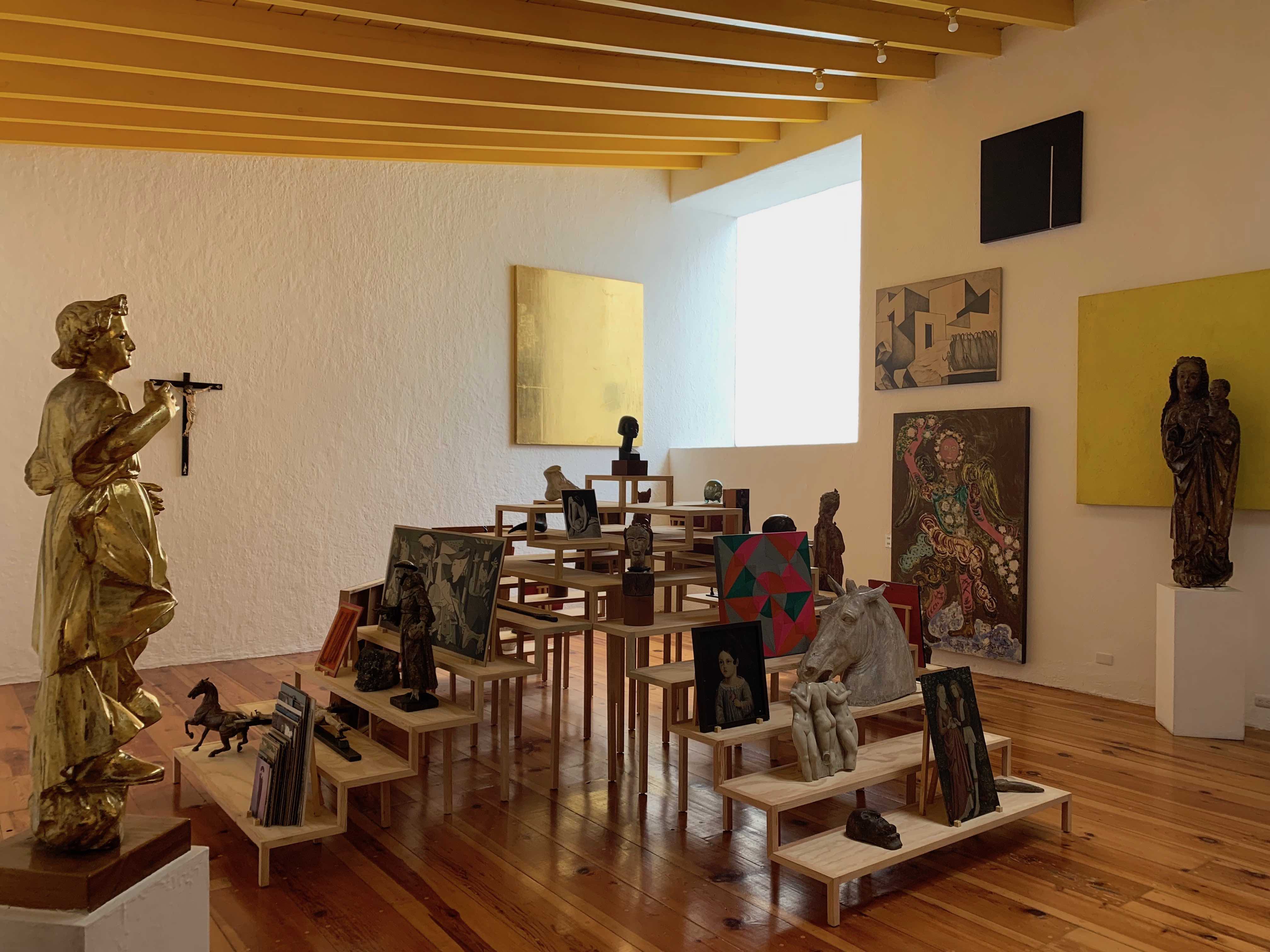
* Giorgio Agamben, ‘What Is the Contemporary?’ in What Is an Apparatus? and Other Essays, (Stanford, CA: Stanford University Press, 2009), p. 44.
** Idem, p. 53.
Published on November 17 2019